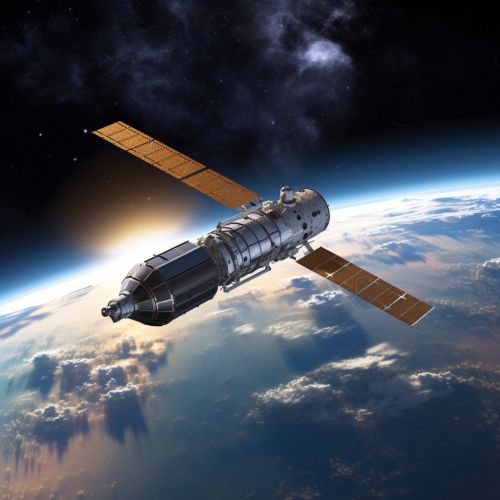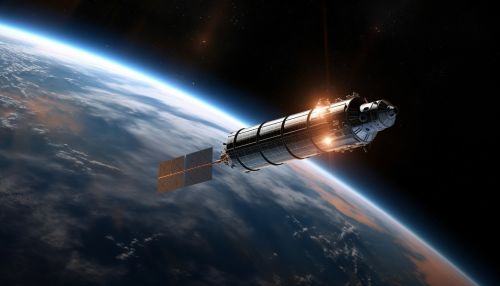Hubble Space Telescope
Overview
The Hubble Space Telescope (HST) is a space-based observatory that has revolutionized astronomy by providing unprecedented deep and clear views of the universe. Named after the astronomer Edwin Hubble, the HST was launched into low Earth orbit in 1990 and remains in operation. It is one of the Great Observatories program initiated by NASA to cover different wavelengths of light.


Design and Development
The Hubble Space Telescope is a collaboration between NASA and the European Space Agency (ESA). The concept of a space-based telescope was first proposed in 1946 by astronomer Lyman Spitzer. However, the project's development and construction took decades due to technical challenges and budget constraints. The final design of the HST is akin to a large tube, 13.2 meters long and 4.2 meters in diameter, weighing about 11,110 kilograms.
Instruments and Capabilities
The HST carries a variety of instruments that observe in the ultraviolet, visible, and near-infrared parts of the spectrum. The main instruments include the Wide Field Camera 3 (WFC3), the Cosmic Origins Spectrograph (COS), the Advanced Camera for Surveys (ACS), and the Space Telescope Imaging Spectrograph (STIS). These instruments have allowed the HST to make detailed observations of distant galaxies, nebulae, stars, and planets.
Scientific Discoveries
The Hubble Space Telescope has made numerous significant scientific discoveries. It has helped in determining the rate of expansion of the universe, known as the Hubble Constant. It has also provided evidence for the existence of dark energy, a mysterious force that is accelerating the expansion of the universe. The HST has also observed distant supernovae, helping to measure distances in the universe.
Servicing Missions
The Hubble Space Telescope has been serviced five times by NASA space shuttle missions. The first servicing mission in 1993 corrected a flaw in the telescope's main mirror. Subsequent missions replaced aging instruments and repaired various systems, significantly extending the telescope's life and capabilities.
Legacy and Future
The Hubble Space Telescope has had a profound impact on astronomy and our understanding of the universe. Its images and data have not only advanced scientific knowledge but have also captivated the public imagination. The HST is expected to remain operational until at least 2021, after which it will be succeeded by the James Webb Space Telescope.
